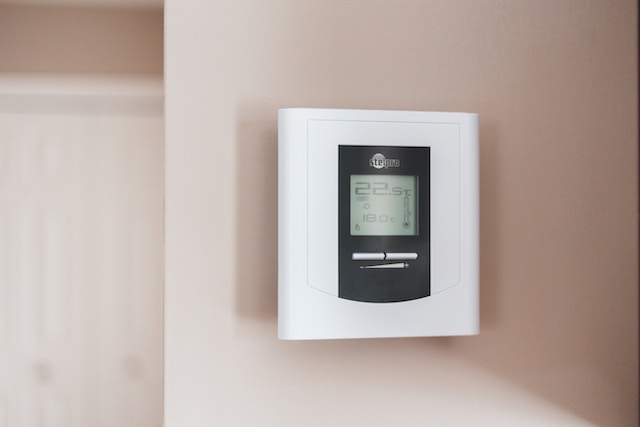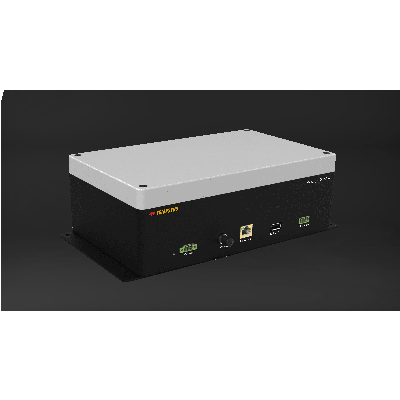Fiber optic temperature sensors are highly advantageous, surpassing traditional measurement technologies in various ways. They remain unaffected by environmental factors that often compromise the accuracy of other sensors. These fiber optic temperature sensors can be embedded in locations inaccessible to conventional ones, offering temperature data from previously unreachable areas. Their distributed sensing capability provides unparalleled spatial detail, enabling continuous temperature monitoring along the entire fiber length. Despite their spatial advantage, they maintain exceptional precision and sensitivity, making them ideal for critical applications. These sensors find applications in aerospace, oil and gas, manufacturing, and environmental monitoring, revolutionizing temperature monitoring and advancing various industries. As technology evolves, the potential for fiber optic temperature sensors to enhance diverse applications is bound to grow further.
What are the types of fiber optic temperature sensors?
1. The FluoroSenz Fiber Optic Temperature Monitoring System
It provides real-time and accurate temperature measurement in harsh environments with high electric and magnetic fields. It is specifically designed to monitor hotspots in transformers, switchgear, and generators. This fiber optic temperature sensor system uses Calibration-free Fluorescence Time Decay Technology, eliminating the need for sensor recalibration. Operating based on the Fluorescence Time Decay of a Rare-Earth Fluorescence Sensor on the Optical Fiber tip, the system reduces temperature by analyzing the time taken for the material to return from its peak state to the ground state, emitting light in the process. This technology ensures reliable performance, enabling industries to make informed decisions, implement proactive maintenance, and improve operational efficiency.
2. Fiber-based sensing techniques
These are highly attractive due to their multiplexed detection with low cross-talk, easy availability of components, compact footprint, and simplicity in fabrication. Among these sensors, Fiber Bragg Grating sensors excel in strain-sensing applications. They offer advantages like immunity to electromagnetic interference, safety from sparking electrostatic discharge, and lightweight and remote sensing capability. FBG sensors support efficient multiplexing, high signal-to-noise ratio, and multi-parameter sensing. Their compatibility with composite structures enhances their usefulness in various industries. As they outperform conventional sensors, FBG sensors are becoming increasingly popular for reliable and precise monitoring in complex environments. Ongoing research and advancements in this field are expected to expand the applications and potential of FBG sensors.
3. Distributed Temperature Sensing (DTS)
It employs fiber optic temperature sensors as linear temperature sensors, enabling continuous temperature profiles over long distances. The Raman effect measures temperature by utilizing an optical laser pulse that transmits through the fiber and analyzes the scattered light reflecting. The Raman scattering intensity indicates the temperature along the fiber. AP Sensing’s Code Correlation OTDR ensures reliable, long-term measurements with low optical power usage. The technology is also known as Raman OTDR or Raman OFDR (Optical Frequency Domain Reflectometry). DTS technologies hold promise for precise temperature monitoring over vast distances in various industries.
What are the benefits of fiber optic temperature sensors?
1. Immunity to Electromagnetic Interference
Fiber optic temperature sensors offer immunity to electromagnetic interference, ensuring accurate and reliable temperature measurements in challenging environments.
2. Versatility in Challenging Environments
These fiber optic temperature sensor types excel in environments with high electrical interference and intrinsic safety concerns, providing reliable temperature measurements.
3. Enhanced Accuracy and Rapid Response
The non-interferometric fiber optic temperature sensor boasts superior accuracy (+/- 1°C) and faster response time (approximately 2 seconds), ensuring precise and rapid temperature measurements.
4. Lightweight and Compact Design
Fiber optic temperature sensors are designed to offer convenience and flexibility in various applications by being lightweight and compact.
5. Cost-Effective Solution
Fiber optic temperature sensors offer a cost-effective solution due to their low manufacturing cost, making them a budget-friendly choice for temperature monitoring.
6. Broad Temperature Range and Enhanced Wavelength Variation
Fiber optic temperature sensors support a wide temperature range of measurement from -10°C to 300°C. Using GaAs (Gallium Arsenide) in these sensors allows for better wavelength variation with temperature, enhancing their performance and accuracy across the temperature spectrum.
Summary
Fiber optic temperature sensors offer numerous benefits, including immunity to electromagnetic interference, versatility in challenging environments, enhanced accuracy, and rapid response. Their lightweight and compact design makes them convenient for various applications, while their cost-effectiveness makes them a budget-friendly choice.
Additionally, these fiber optic temperature sensor types support a broad temperature range of measurement and provide enhanced wavelength variation for improved performance. One company at the forefront of developing and providing high-quality fiber optic temperature sensors is Tempsens Instruments (I) Pvt. Ltd. They have established themselves as a reliable and innovative manufacturer, offering state-of-the-art fiber optic temperature sensing solutions for diverse industries and applications.






Be First to Comment